SOURCE: RAUNAK KUNDE / NEWS BEAT / IDRW.ORG

Russia has potentially revived its bid for India’s Light Utility Helicopter (LUH) program with a modified proposal. This comes after negotiations for the Ka-226T helicopter stalled due to engine localization issues.
Russia’s recent successful test of the VK-650V turboshaft engine prototype might be a game-changer. This indigenously developed 650-750 horsepower engine is designed to replace engines like the French Safran sourced powerplant that previously hindered the Ka-226T’s localization efforts in India.
Continue readingSOURCE: RAUNAK KUNDE / NEWS BEAT / IDRW.ORG
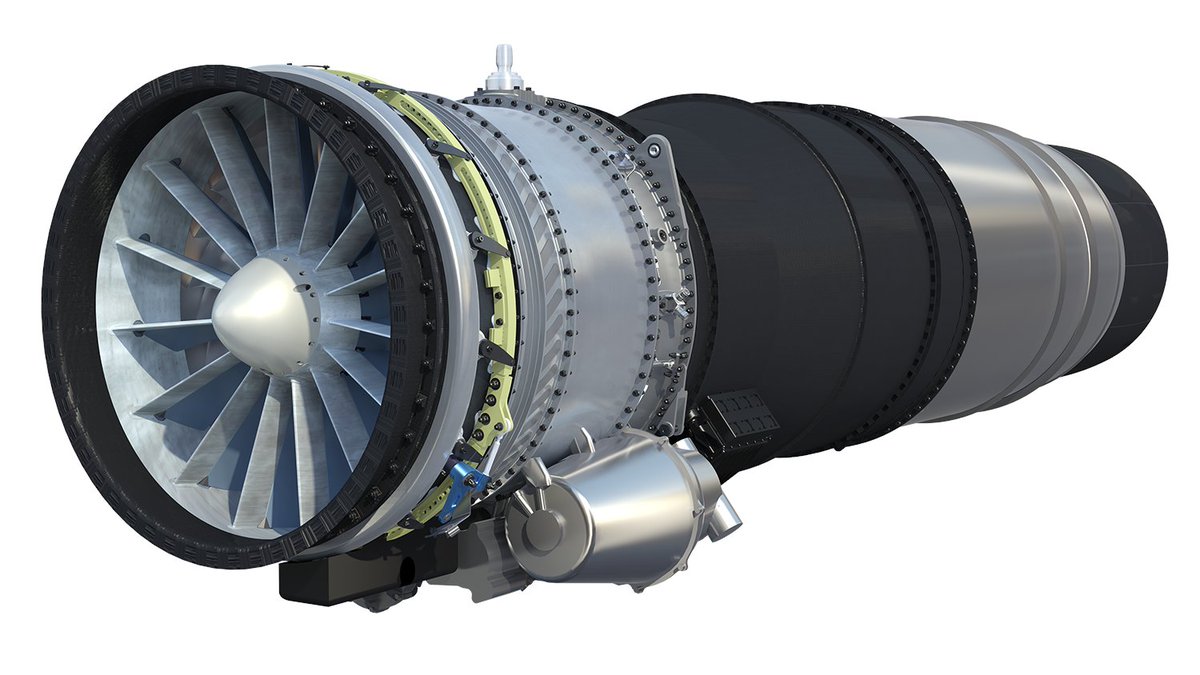
Dr Sanjay Kumar Jha, the Director (Production & Marketing) and Chairman & Managing Director of Mishra Dhatu Nigam Limited (MIDHANI) has confirmed the company’s proactive involvement in India’s cutting-edge defence projects. MIDHANI is set to play a crucial role in developing materials for the upcoming 110-kilonewton (kN) thrust engine, part of the Advanced Medium Combat Aircraft (AMCA) program, and also for the F-414 engines in the Tejas MkII program.
MIDHANI is already in discussions with the Gas Turbine Research Establishment (GTRE), a key laboratory under the Defence Research and Development Organisation (DRDO). The focus is on developing high-performance materials essential for the 110kN thrust engine, which is a pivotal component of the fifth-generation AMCA fighter jets.
Continue readingSOURCE: RAUNAK KUNDE / NEWS BEAT / IDRW.ORG
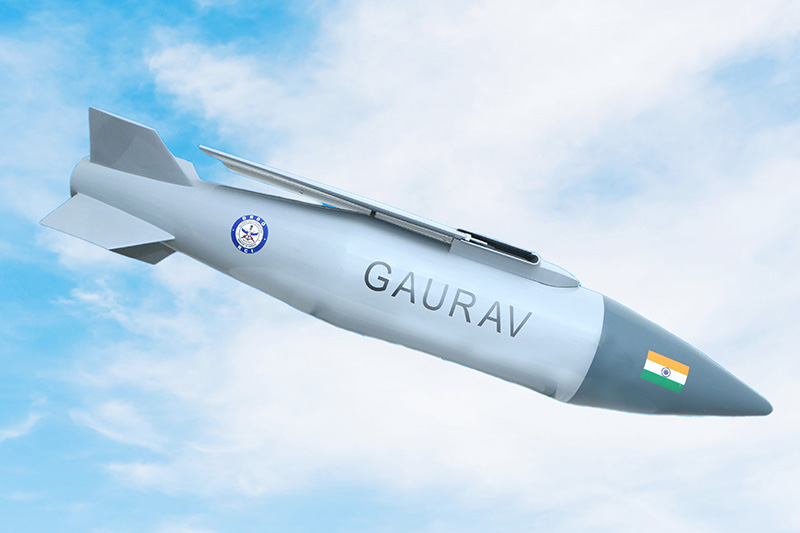
The Indian Air Force (IAF) is set to significantly boost its aerial firepower with the planned acquisition of 500 units of the indigenously developed Gaurav Long Range Glide Bomb (LRGB). Developed by the Defense Research and Development Organization (DRDO), the Gaurav LRGB is a long-range, air-to-surface precision weapon designed to neutralize enemy targets with high accuracy.
Thanks to its wings, the Gaurav LRGB boasts an impressive range of over 80 kilometers, allowing the IAF to engage targets from a safe distance. Equipped with an inertial navigation guidance system with digital control, the Gaurav LRGB promises pinpoint accuracy, minimizing collateral damage.
Continue readingSOURCE: AFI

In March 2000, Rajiv Kothiyal embarked on what seemed like a routine procedure: starting the aircraft engine. However, within moments, an unusual and alarming event unfolded. Kothiyal detected a burning smell in the cockpit, and thick black smoke began pouring out from behind the cockpit area. Standing nearby, I (Air Marshal Rajkumar) immediately recognized the gravity of the situation. I sprinted toward the aircraft, urgently signaling Kothiyal to shut down the engine by drawing my hand across my throat. Promptly, the crash crew, always prepared for such emergencies, intervened and swiftly brought the situation under control.
Dr. Kota, overseeing the operations, tasked me (Air Marshal Rajkumar) with leading the investigation team. As we delved into the aircraft, our initial apprehensions eased when we discovered that the damage was minimal. The culprit was a misapplied polyurethane insulation wrapped around a hot duct, which had charred and caused the smoke. Despite this, the entire area housing the Environmental Control and Cooling System (ECCS) and the avionics bay was covered in black soot, necessitating a thorough cleaning.
Continue readingSOURCE: AFI

In a significant development for India’s defense exports, Brazil has officially confirmed the purchase of Ground Panoramic Night Vision Googles (GPNVGs) manufactured by Bharat Electronics Limited (BEL). This follows a leak of the purchase documents a few years ago.
The initial details of this deal emerged when documents hinting at a Brazilian interest in the GPNVG were leaked. Today, Brazil has officially confirmed the purchase, validating the earlier information.
Continue readingSOURCE: AFI

ePlane, a deeptech startup incubated at IIT-Madras, is revving up its engines for the future of urban mobility. The company announced its ambitious plans to complete the prototype of its electric air taxi, the e200X, by the end of 2024. This is just the first step in their aggressive timeline.
Satyanarayanan Chakravarthy, the founder of ePlane, revealed their goals during the Mint Digital Innovation Summit in Mumbai. They aim to not only complete the e200X prototype but also develop several additional prototypes in the coming year. The ultimate objective is to achieve certification and commercialization for these electric vertical take-off and landing (eVTOL) vehicles by 2026. This ambitious target would pave the way for full-scale urban deployment of ePlane’s air taxis by 2027.
Continue readingSOURCE: IDRW.ORG
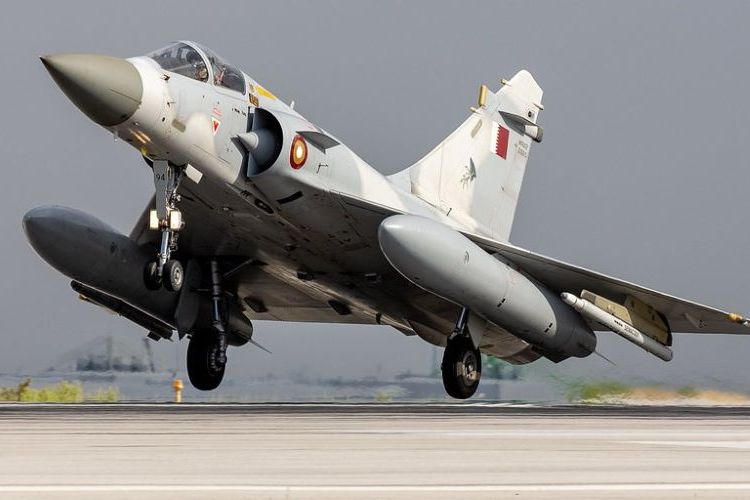
India and Qatar are in discussions again on the possible purchase of 12 Mirage-2000-5 fighter jets by the Indian Air Force (IAF). This isn’t the first time these two countries have negotiated over these particular jets.
Nearly two decades ago, in 2005, India and Qatar held talks for the sale of the same 12 Mirage-2000-5s. Back then, the jets were relatively new acquisitions for Qatar, having been procured just seven years prior in 1998. However, the deal fell through due to disagreements on pricing. Qatar reportedly sought $62 million per jet, while India offered only $58 million.
Continue readingSOURCE: IDRW.ORG.

Zoho Corporation, the global tech giant headquartered in Chennai, has announced an investment in Yali Aerospace, a promising drone startup based in Tanjavur, Tamil Nadu. This strategic move highlights Zoho’s commitment to fostering innovation and supporting indigenous technology ventures in India.
Yali Aerospace is led by a passionate husband-and-wife team, Dinesh Baluraj and Anugraha Ganeshan. After spending time in the Netherlands, they returned to their hometown of Tanjavur with a dream – to revolutionize medical logistics in India.
Continue readingSOURCE: AFI

NewSpace Research and Technologies Pvt. Ltd. (NewSpace), in collaboration with the Centre for Artificial Intelligence and Robotics (CAIR) of DRDO, Bangalore, has achieved a significant breakthrough. They have successfully developed an autonomous unmanned aerial vehicle (UAV) under the Technology Development Fund (TDF) scheme.
The project, titled “Autonomous Drone as First Responder for Search and Report Operations in Enclosed/Indoor Environments,” focused on creating a UAV capable of navigating and exploring indoor environments with complete autonomy. This innovative drone can even operate under challenging conditions, including complete darkness.
Continue readingSOURCE: AFI
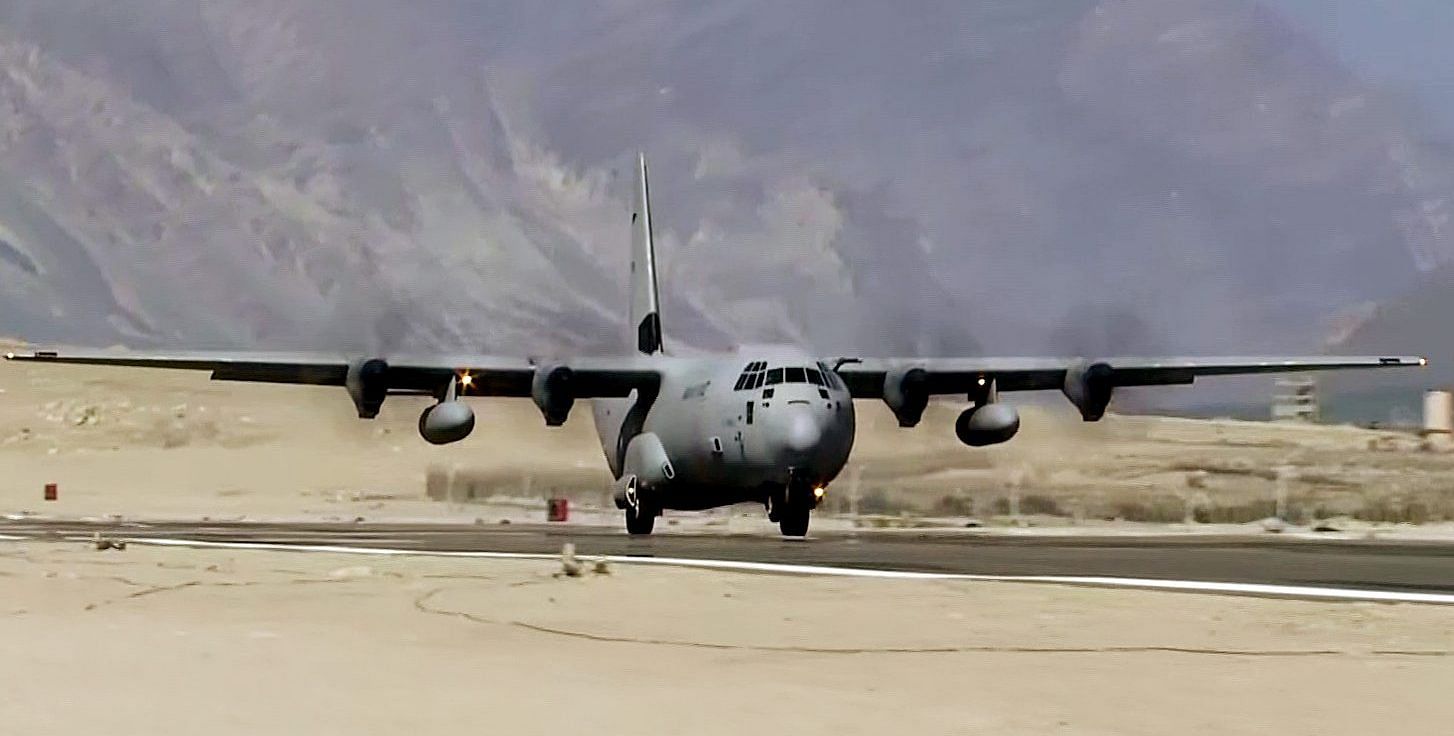
The Indian Air Force’s (IAF) fleet of C-130J Super Hercules medium-sized airlifters has played a critical role in supporting the ongoing border standoff in Ladakh. These reliable aircraft have become workhorses for the IAF, consistently delivering crucial supplies and personnel to the strategic region.
India currently operates 12 C-130Js, which have seen extensive use in a variety of missions. Notably, they have been instrumental in providing logistical support to the troops stationed in Ladakh, where the tense border standoff with China has entered its fifth year.
Continue readingSOURCE: AFI
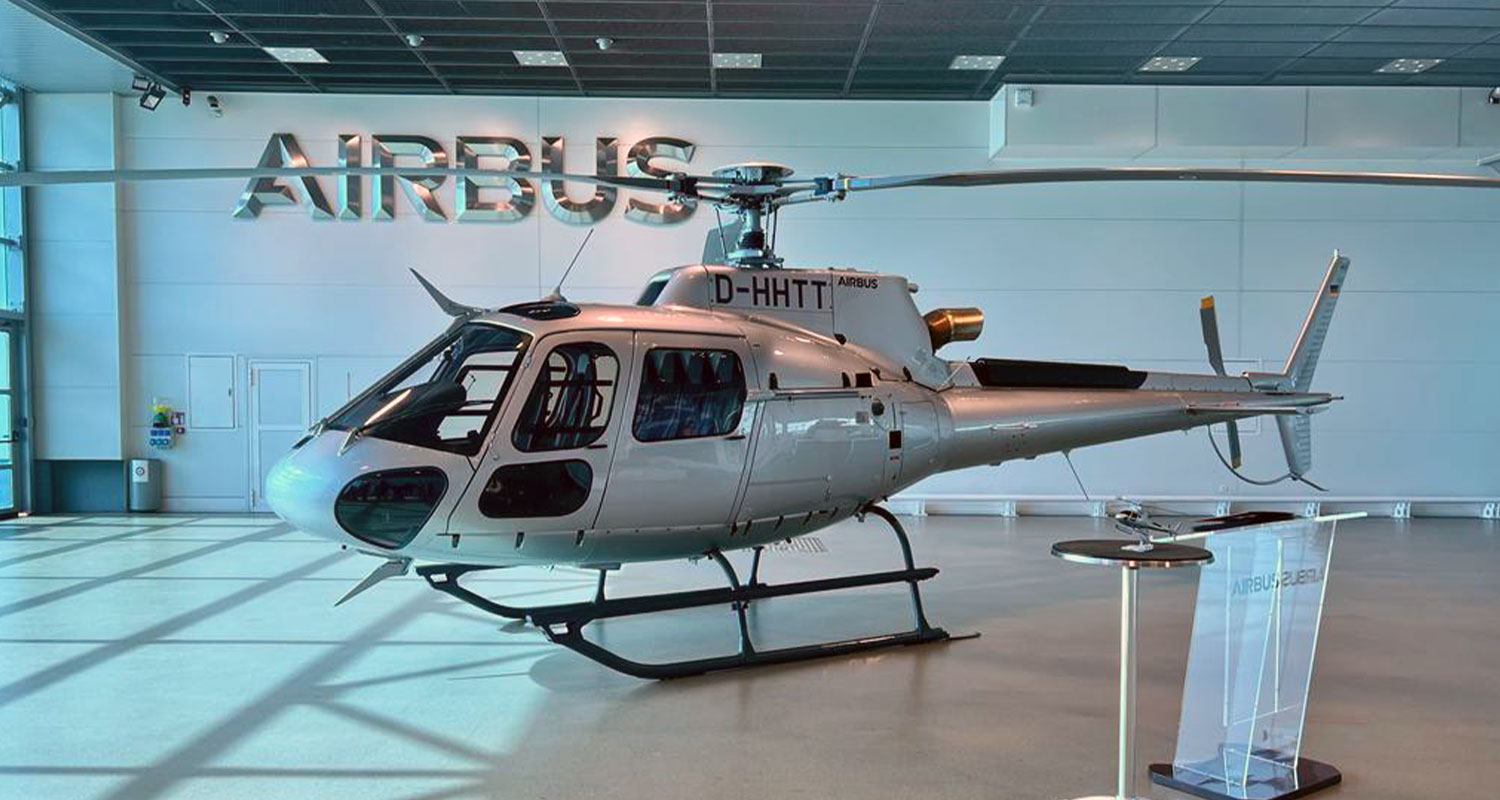
Airbus is set to deliver the first batch of helicopters assembled in India, marking a significant step towards self-reliance in the country’s aviation sector. Sunny Guglani, head of Airbus Helicopters in India and South Asia, announced plans for the initial deliveries during a statement on Tuesday.
This development comes after Airbus joined forces with the Tata Group in January 2024 to establish a final assembly line (FAL) for its H125 helicopters in India. The announcement, made during French President Emmanuel Macron’s visit to India, signified a major boost for the “Make in India” initiative.
Continue readingSOURCE: AFI

The Indian Army’s elite PARA Special Forces (SF) have received a significant upgrade in their operational capabilities with the induction of Laser Target Designators (LTDs). These portable devices mark a game-changer for PARA SF, particularly in dense conflict zones, by enabling them to carry out highly precise strikes on enemy positions.
LTDs function by emitting a concentrated beam of light that illuminates a designated target – a process known as “painting the target.” This painted target reflects the laser beam, which is then picked up by sensors onboard laser-guided bombs or missiles. Upon release, these munitions home in on the reflected laser signature, ensuring pinpoint accuracy and minimal collateral damage.
Continue readingSOURCE: AFI

In a groundbreaking initiative, the Indian Navy and the Central Reserve Police Force (CRPF) have joined forces to enhance expertise in armament quality management. This marks the first-ever collaboration between the two forces on such a topic.
The Directorate General of Naval Armament Inspection (DGNAI) conducted a specialized training program on Armament Quality Management Systems (AQMS) for ten CRPF officers. This program equipped participants with the knowledge and skills necessary to effectively manage and maintain their own armament systems.
Continue readingSOURCE: RAUNAK KUNDE / NEWS BEAT / IDRW.ORG

Adani Defence & Aerospace has emerged victorious in the race for the Netra II project, a significant development for India’s aerial defense capabilities. Adani Defence & Aerospace has been has been declared as the L1 entity for integration and delivery of various sensors in the project along with DRDO.
Centre For Air Borne System (CABS) of DRDO that has developed the most of the primarily and Secondary sensors will be Transferring its ToT for further Production to the firm. The Netra II project will see development of six Airborne Early Warning and Control (AEW&C) aircraft. These advanced systems act as force multipliers, offering unmatched capabilities in detecting and tracking airborne threats like enemy aircraft, missiles, and drones.
Continue readingSOURCE: RAUNAK KUNDE / NEWS BEAT / IDRW.ORG
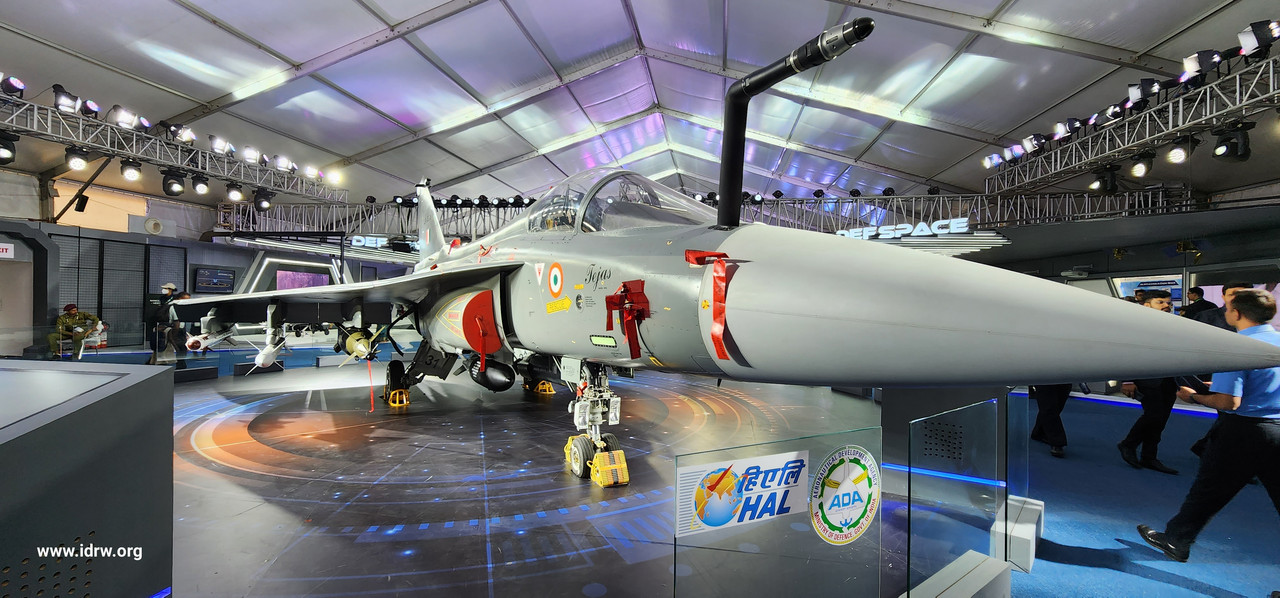
The Nashik region is experiencing an economic resurgence after a period of hardship. The closure of the Su-30MKI production line led to a significant decline in component orders, forcing around 400 local suppliers to shut down their shops. However, the inauguration of the third Light Combat Aircraft (LCA) Tejas production line in Nashik signals a brighter future.
This new line is poised to be the birthplace of the first LCA-Tejas Mk1A later this year. The project is expected to breathe new life into the local economy. Nashik’s selection isn’t a coincidence. The large presence of Hindustan Aeronautics Limited (HAL) in Bangalore, coupled with the existence of two existing LCA-Tejas production lines there, made it a natural fit.
Continue reading